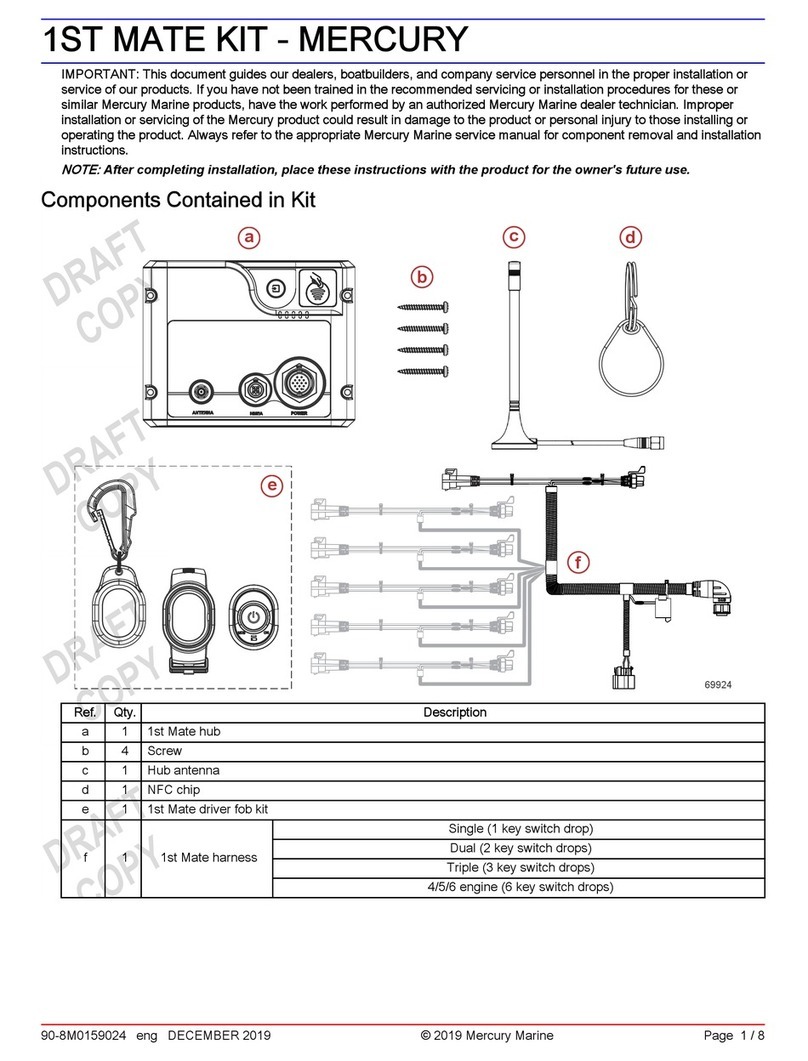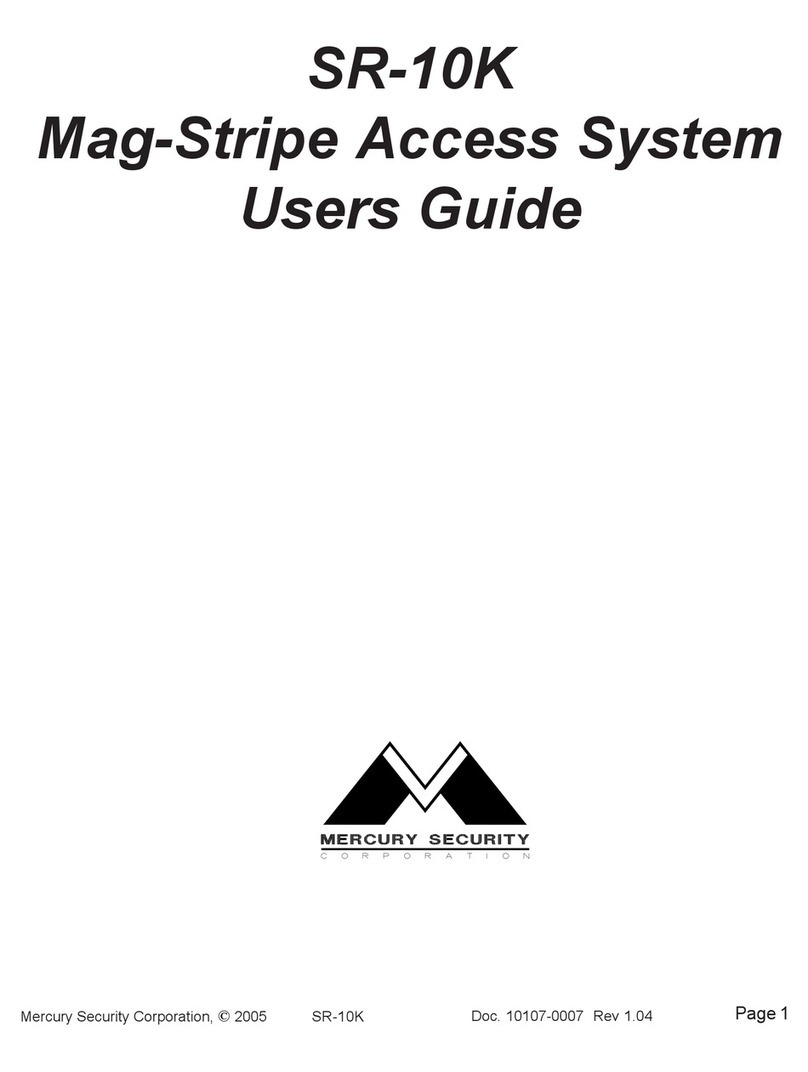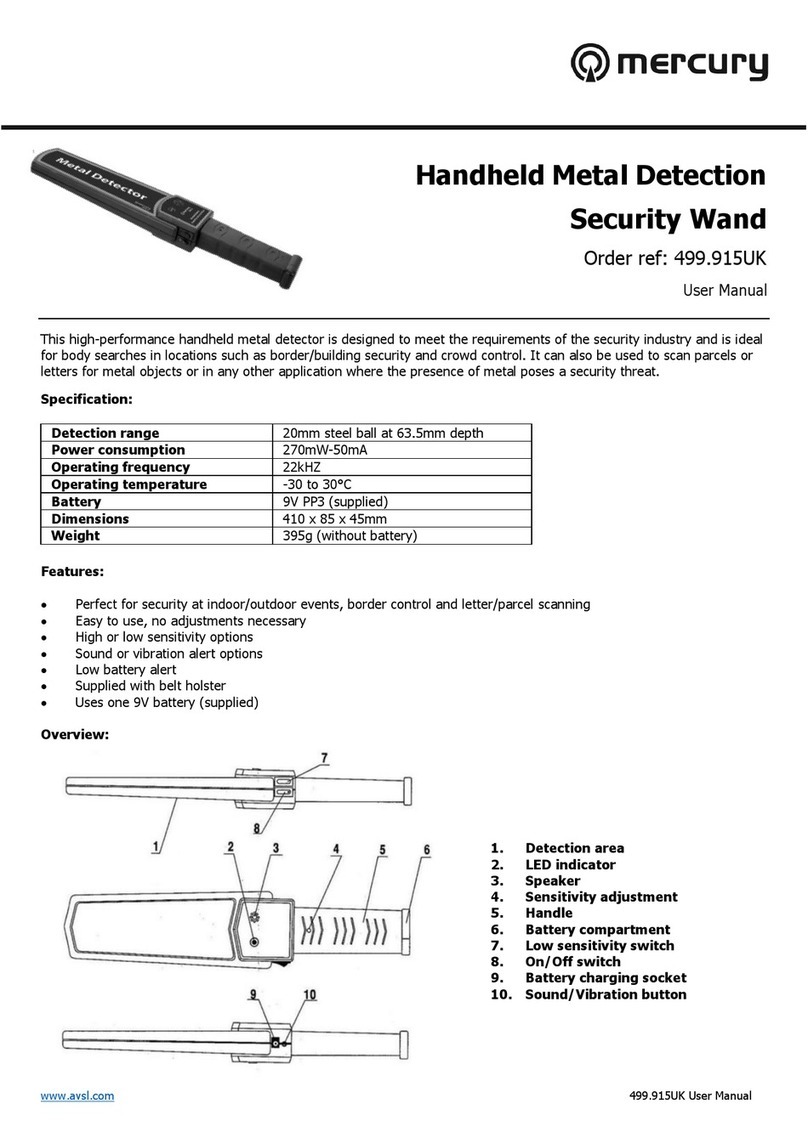When the concentration of the carbon monoxide reaches above 300ppm the alarm will sound
continuously, this indicates a dangerously high concentration of carbon monoxide is present
and all persons must evacuate the building IMMEDIATELY.
When the alarm is activated it can be temporarily silenced by pressing the TEST button, the
alarm LED will remain flashing to indicate the presence of high concentration of carbon
monoxide. ONLY silence the alarm when you are 100% sure that the source of the carbon
monoxide has been dealt with.
Maintenance:
To maintain the sensitivity of the alarm, dust needs to be removed from the surface on a
regular basis. To dust use a slightly damp cloth, a brush or brush attachment of a vacuum
cleaner. Do not use any solvent based cleaners as the unit is sensitive to all active gas
including chemical cleaners. Always perform a manual test after cleaning to ensure the alarm
is working normally.
End of Life:
After around 10 years when the battery level indicator reaches a critically low level, the yellow
fault indicator (5) will flash 3 times every 60 seconds and the alarm beeps, this indicates the
unit must be replaced as soon as possible. After replacement, please ensure you dispose of
the old unit according to local waste disposal guidelines.
Avoid below action to prevent the alarm from damage:
•Do not allow the alarm to meet any coloured or heavy smelling gas as this will contaminate
the sensor and false readings will occur.
•Do not spray aerosols near the alarm, such as: air freshener, insect killer, perfume, hair
spray etc. as this will result in false readings or contamination of the sensor.
•Do not paint over the alarm, always remove it from the bracket before painting and wait
for the paint to be fully dry before reinstalling the alarm.
•Avoid shock or impact on the alarm, if accidentally dropped check if the battery connection
is still intact and perform a manual test to ensure the alarm is working correctly.
•Do not attempt to repair or modify the alarm. Any modification may cause the alarm to
malfunction and fail to operate in a life-threatening situation, therefore modification and
repair is strictly restricted.


























